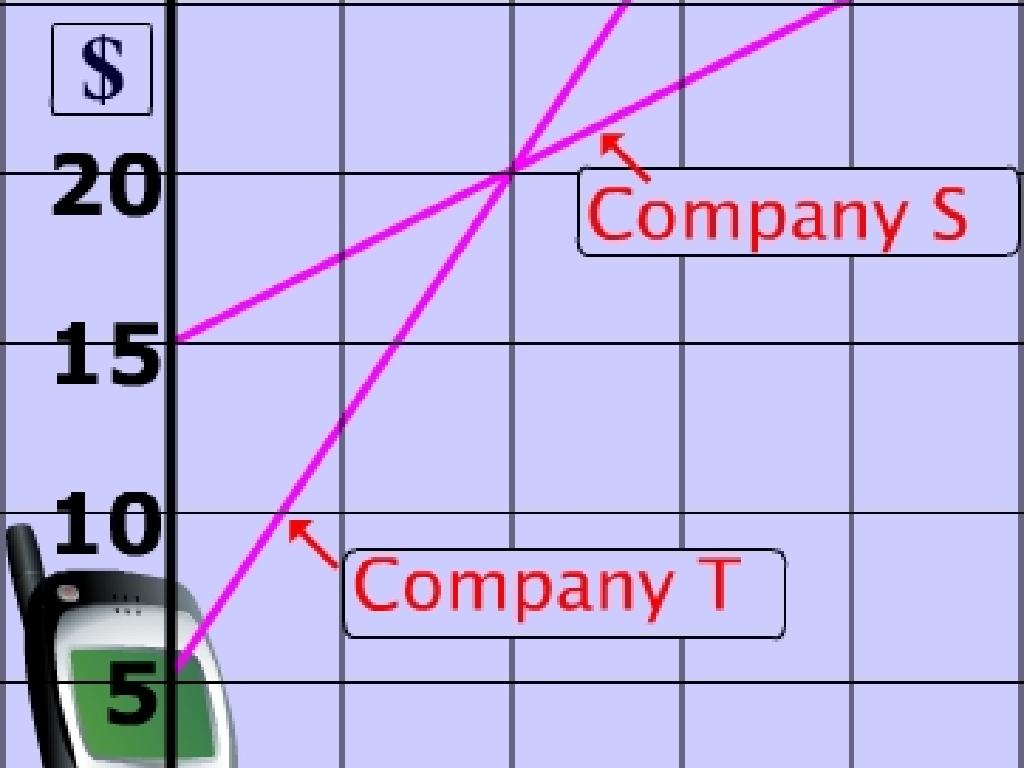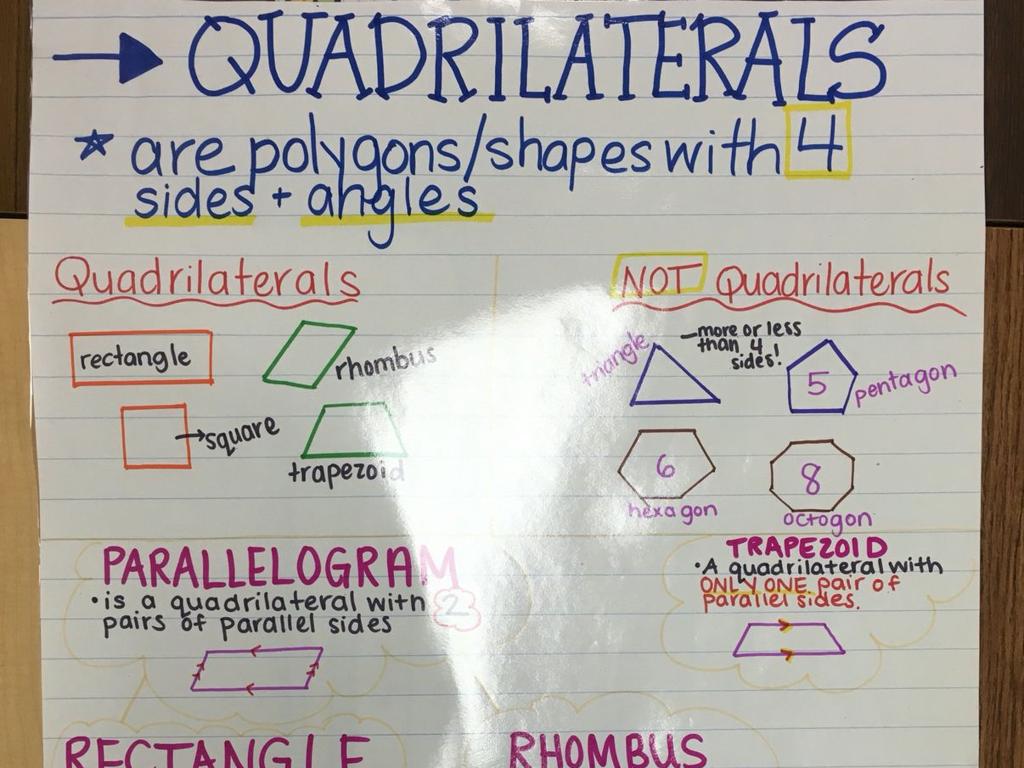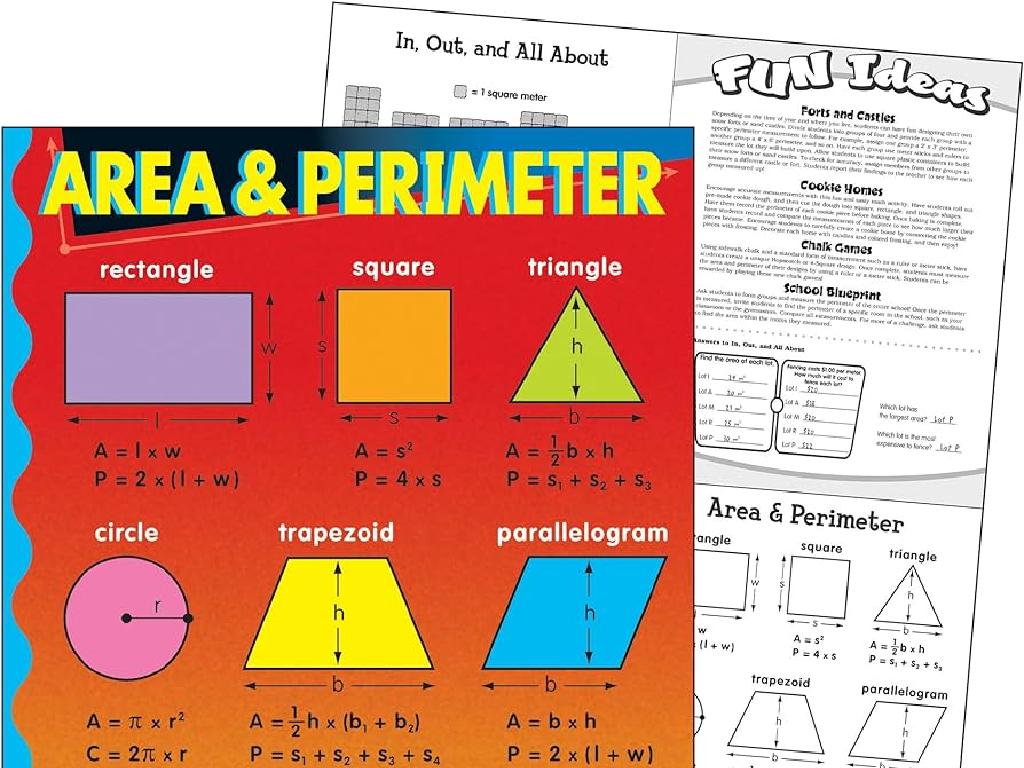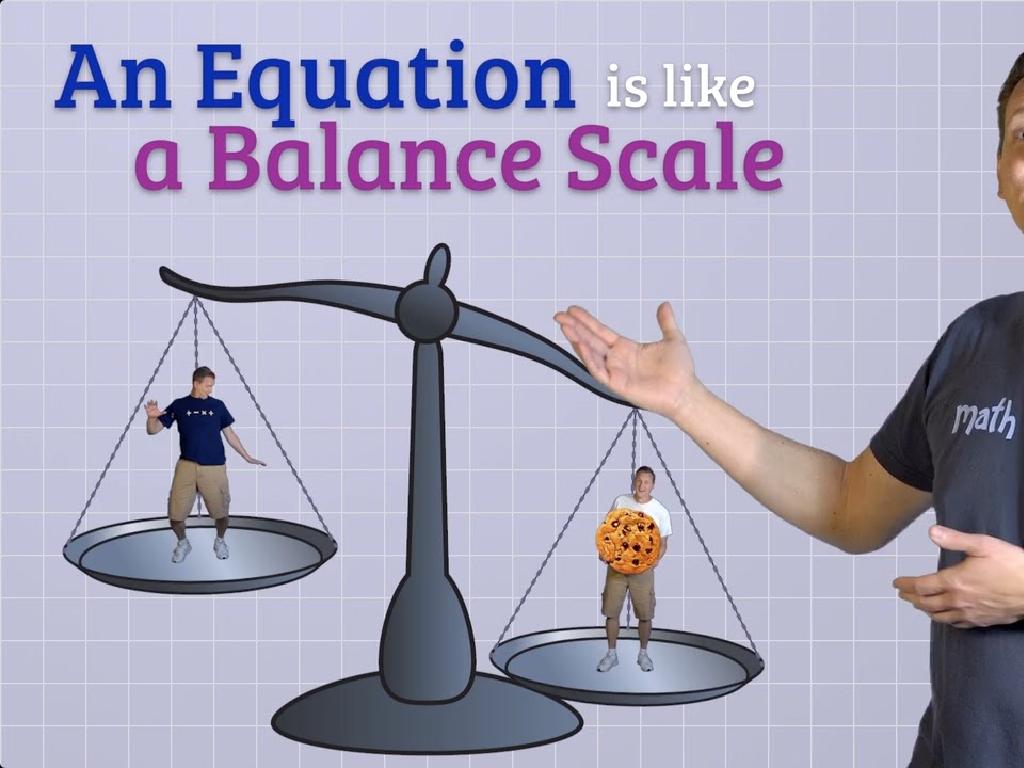Compare Amplitudes, Wavelengths, And Frequencies Of Waves
Subject: Science
Grade: Sixth grade
Topic: Waves
Please LOG IN to download the presentation. Access is available to registered users only.
View More Content
Welcome to Waves: Understanding the Basics
– What are waves?
– Waves are disturbances that transfer energy from place to place.
– Daily encounters with waves
– Examples: Sound from music, ripples in water, and sunlight.
– Exploring Amplitude
– Amplitude is the wave’s height from rest to crest.
– Understanding Wavelength and Frequency
– Wavelength is the distance between crests; frequency is how often the waves pass a point.
|
Begin the lesson by defining waves in a simple and relatable way for sixth graders, emphasizing that waves are all around us in various forms. Use everyday examples to illustrate how we encounter waves, such as listening to music or seeing ripples in a pond. Introduce amplitude as the measure of how ‘big’ a wave is, and explain that wavelength and frequency are key characteristics that define a wave’s shape and how quickly it repeats. This introduction sets the stage for a deeper dive into each property, where students will learn to compare and contrast these aspects of different types of waves.
Exploring Waves: Types and Examples
– Define a wave
– A wave carries energy through space or matter
– Types: Mechanical & Electromagnetic
– Mechanical waves need a medium, electromagnetic waves do not
– Everyday wave examples
– Sound waves, ocean waves, light waves
– Visualizing wave properties
– Amplitude, wavelength, and frequency
|
Begin with a simple definition of a wave as something that carries energy from one place to another. Explain that there are two main types of waves: mechanical, which require a medium like water or air to travel through, and electromagnetic, which can travel through the vacuum of space. Provide relatable examples such as sound waves for mechanical and light waves for electromagnetic. Use diagrams to help students visualize wave properties such as amplitude, wavelength, and frequency, setting the stage for comparing these properties in the next slides. Encourage students to think of more examples and to observe waves in their daily life.
Exploring the Parts of a Wave
– Identify crest and trough
– Crest is the highest, trough is the lowest point of a wave
– Define amplitude and wavelength
– Amplitude is wave’s height, wavelength is distance between crests
– How energy moves in waves
– Energy travels in waves from one place to another without moving matter
– Interrelation of wave parts
– Amplitude affects energy; wavelength and frequency are inversely related
|
This slide introduces the basic parts of a wave and their relationships. Start by explaining the crest as the top of a wave and the trough as the bottom. Discuss amplitude as the measure from the rest position to the crest, which indicates the wave’s energy. Wavelength is the distance from crest to crest. Explain that energy in waves moves through the medium, transferring energy without transporting matter. Highlight how the amplitude, wavelength, and frequency of a wave are interconnected, affecting how waves carry energy. Use diagrams to visualize these concepts and provide examples such as ocean waves for amplitude and wavelength, and sound waves for frequency.
Amplitude of Waves
– Define wave amplitude
– Amplitude is the wave’s height from rest to crest.
– Amplitude’s effect on energy
– Higher amplitude means more energy; loud sounds vs. soft sounds.
– Real-life amplitude examples
– Ocean waves: high amplitude equals strong waves, whispers vs. shouts.
|
This slide introduces the concept of amplitude in the context of waves and its correlation with energy. Amplitude is the height of the wave from its resting position to its peak, which is called the crest. It’s crucial for students to understand that the greater the amplitude, the more energy the wave carries. This can be illustrated with everyday examples such as the difference between the heights of ocean waves or the volume of sounds, where a loud sound has a higher amplitude than a whisper. Encourage students to think of other examples where they can observe the effects of varying amplitudes in real life, such as in music or when dropping objects into water.
Wavelength of Waves
– What is wavelength?
– Distance between two consecutive peaks or troughs in a wave
– Significance in wave properties
– Determines wave’s energy and type, like radio vs. X-rays
– Comparing short and long wavelengths
– Short wavelengths have high energy, long wavelengths have low energy
– Wavelength in everyday life
– Radio waves are long; gamma rays are short
|
This slide introduces the concept of wavelength and its importance in understanding different types of waves. Wavelength is a fundamental property that affects how waves behave and interact with materials. It’s crucial for students to grasp that wavelength is related to the energy of a wave; shorter wavelengths carry more energy than longer ones. Provide examples such as radio waves, which have long wavelengths and are used for communication, versus gamma rays, which have very short wavelengths and can penetrate materials, used in medical imaging. Encourage students to think of more examples and how wavelength affects their daily lives, like in microwaves or UV rays from the sun.
Frequency of Waves
– Define wave frequency
– Frequency is how often waves pass a point in one second, measured in Hertz (Hz).
– Frequency’s relation to energy
– Higher frequency means more energy; energy of wave increases with frequency.
– High-frequency wave examples
– Gamma rays, X-rays, ultraviolet light have high frequencies.
– Low-frequency wave examples
– Radio waves, microwaves, and infrared light have lower frequencies.
|
This slide aims to explain the concept of frequency in waves and its correlation with energy. Frequency is the number of waves that pass a given point per second, and it’s a key property in understanding wave behavior. It’s important to convey that waves with higher frequencies carry more energy. Provide examples of high-frequency waves like gamma rays, which are used in medical imaging, and low-frequency waves like radio waves, which are used for communication. Encourage students to think of other examples and to consider how frequency affects the energy and uses of different types of waves.
Comparing Wave Properties
– Amplitude, wavelength, frequency differences
– Amplitude is wave height; wavelength is wave crest distance; frequency is wave count per second.
– Interactive wave comparison examples
– Use slinkies or ropes to visualize and compare wave properties in real-time.
– Relationship between wave characteristics
– Higher frequency means shorter wavelength; amplitude doesn’t affect frequency or wavelength.
|
This slide aims to help students differentiate between amplitude, wavelength, and frequency of waves. Amplitude refers to the height of the wave from its rest position, wavelength is the distance between successive crests or troughs, and frequency is how many waves pass a point in one second. Interactive examples, such as stretching and flicking a slinky or rope, can visually demonstrate these differences. It’s crucial for students to understand that while amplitude can increase the energy of a wave, it does not influence its frequency or wavelength. Conversely, a higher frequency results in a shorter wavelength, but does not change the amplitude. During the class, engage students with hands-on activities to solidify these concepts.
Wave Simulation Activity: Exploring Wave Properties
– Visualize wave differences with a simulation
– Adjust amplitude, wavelength, frequency
– See how each property changes the wave’s appearance
– Observe changes and their effects
– Notice how the wave behaves with different settings
– Discuss observations with classmates
|
This interactive activity uses a wave simulation tool to help students understand the concepts of amplitude, wavelength, and frequency. Students will adjust these properties to see real-time changes in the wave’s behavior. Encourage them to take notes on how increasing or decreasing each value affects the wave. After the simulation, facilitate a discussion where students can share their observations and reflect on how these properties are interrelated. Possible activities include predicting outcomes before changing settings, drawing their observed waves, or even creating a chart to record data for different wave configurations.
Class Activity: Making Waves with Slinkies and Ropes
– Create waves using slinkies or ropes
– Experiment with amplitude changes
– Observe how the height of waves varies
– Alter wavelength and frequency
– Notice the spacing and speed of waves
– Discuss observations with peers
|
This interactive class activity is designed to help students understand the concepts of amplitude, wavelength, and frequency in a tangible way. Provide each group with a slinky or rope to create waves. Guide them to gently move the slinky or rope to create waves with different heights (amplitudes), and then with different spacings (wavelengths) and speeds (frequencies). Encourage students to observe how these changes affect the waves. After experimenting, students should share their observations with the class to facilitate a discussion on how the properties of waves can be compared and contrasted. Possible activities include measuring wave heights, counting waves per second, and comparing waves made by different motions.
Waves: Conclusion & Reflection
– Recap: Amplitude, Wavelength, Frequency
– Amplitude is wave’s height, wavelength is distance between peaks, frequency is waves per second
– Waves in science and daily life
– Understanding waves helps with technology like Wi-Fi, microwaves, and understanding sound
– Class discussion on learnings
– Reflect on today’s lessons
– Think about how waves affect various aspects of our lives and share your thoughts
|
As we conclude today’s lesson, it’s important to review the key concepts of amplitude, wavelength, and frequency, and understand how they characterize different types of waves. Discuss how waves play a crucial role in many technologies that impact our daily lives, such as wireless communication and cooking. Encourage students to engage in a class discussion to share what they’ve learned, ask questions, and reflect on how the concepts of waves are applicable in various scenarios. This reflection helps solidify their understanding and appreciate the practical applications of science.






